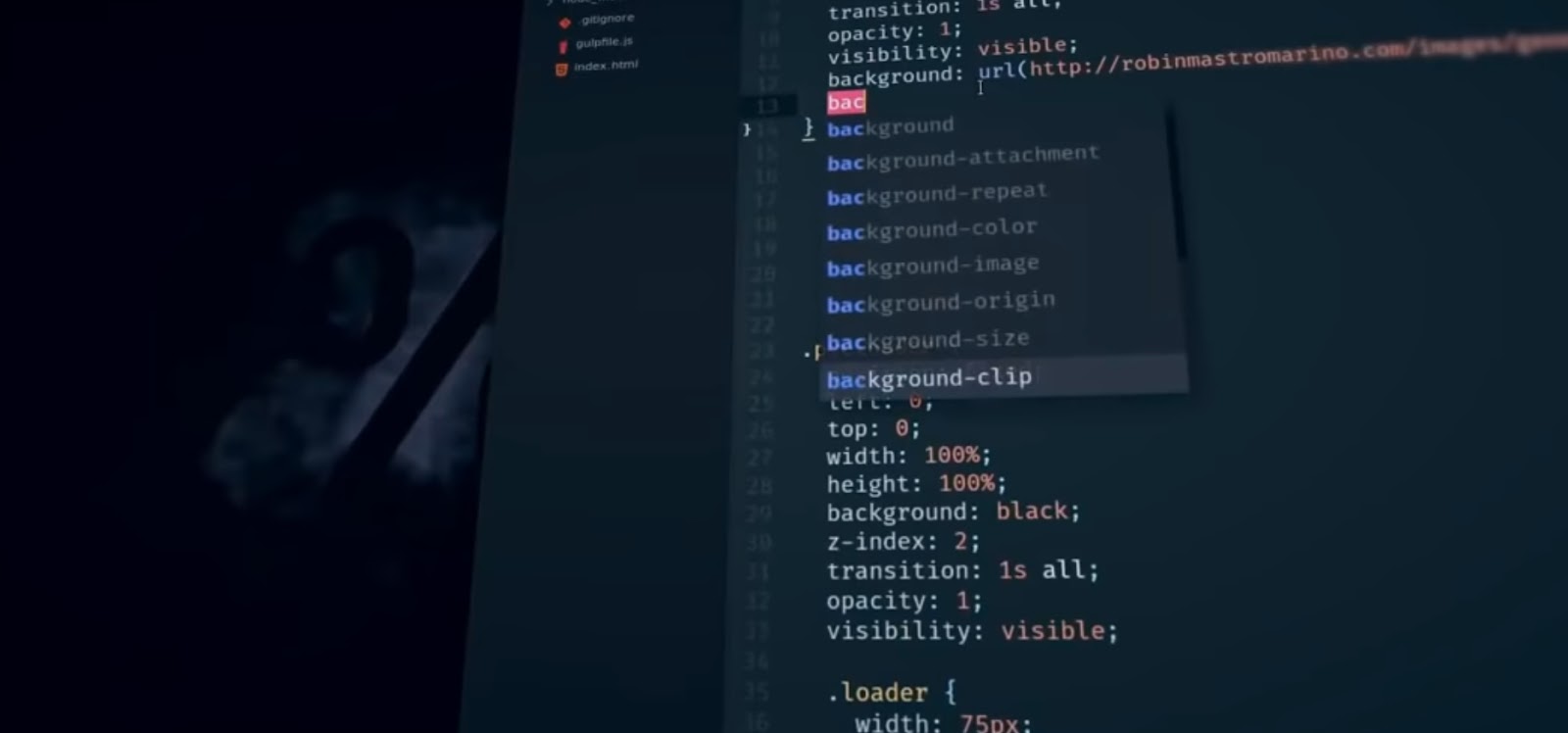This article provides a comprehensive guide to the CSS Box Model, illustrated with practical examples. The CSS Box Model is a conceptual framework essential for web design and layout, encompassing each HTML element within a specific structural paradigm. Learn about the CSS Box Model with practical examples, and discover insights into managing cell spacing in CSS tables in the accompanying article.
Fundamentally, the CSS Box Model encapsulates HTML elements within a layered structure, comprising content, padding, borders, and margins. This framework significantly simplifies the application of CSS properties to HTML elements, treating each element as a distinct box. This approach is instrumental in designing and customizing HTML element layouts with greater ease and precision. Further details are discussed in the subsequent sections.
What is the CSS Box Model?
Diving into web layout design, one inevitably encounters the CSS box model. This construct wraps around every HTML element, significantly simplifying the design process. A broad understanding of this model allows developers to efficiently style HTML elements and customize their layout with ease.
The CSS box model is essentially a container composed of four key elements: content, padding, border, and margin.
- Content: The area housing the actual information — text, images, video, etc., added via HTML;
- Padding: The transparent space encapsulates all sides of the content and border, providing visual breathing space around the actual content;
- Border: This surrounds the padding and content. The border can have a variety of styles and colors, offering more customization options;
- Margin: The outermost layer of the box model, surrounding the border. Like padding, margins are transparent and provide space between the box and other elements on the page.
CSS Box Model: A Practical Demonstration
Imagine we have designed three distinct boxes on a webpage using HTML div tags. We assign them unique classes: .box1, .box2, and .box3. The structure in HTML would look something like this:
HTML Code
Without including any CSS, the display in your browser will look like this.
<body>
<!--This is First Box-->
<div class="box1">
<h1>Box 1</h1>
<p>
Lorem, ipsum dolor sit amet consectetur adipiscing elit.
Recusandae culpa porro animi impedit, amet tenetur voluptas
exercitationem vel sit libero saepe facere nemo placeat
a quod, ipsum sint quos eligendi.
</p>
</div>
<!--This is Second Box-->
<div class="box2">
<h1>Box 2</h1>
<p>
Lorem, ipsum dolor sit amet consectetur adipiscing elit.
Recusandae culpa porro animi impedit, amet tenetur voluptas
exercitationem vel sit libero saepe facere nemo placeat
a quod, ipsum sint quos eligendi.
</p>
</div>
<!--This is Third Box-->
<div class="box3">
<h1>Box 3</h1>
<p>
Lorem, ipsum dolor sit amet consectetur adipiscing elit.
Recusandae culpa porro animi impedit, amet tenetur voluptas
exercitationem vel sit libero saepe facere nemo placeat
a quod, ipsum sint quos eligendi.
</p>
</div>
</body>
Code Styling with CSS
<style>
.box1{
width: 300px;
background-color: aquamarine;
padding: 40px;
border: 1px solid black;
margin: 10px;
}
.box2{
width: 300px;
background-color: aquamarine;
padding: 40px;
border: 1px solid black;
margin: 10px;
}
.box3{
width: 300px;
background-color: aquamarine;
padding: 40px;
border: 1px solid black;
margin: 10px;
}
</style>Detailed Code Description: The styling attributes have been consistently applied across all three boxes.
- The width attribute specifies the horizontal dimension of each box;
- The background-color attribute assigns a hue to the box’s backdrop;
- The padding attribute creates a buffer zone between the box’s content and its border;
- The border attribute defines the perimeter line encasing each box;
- It is important to note that the shorthand notation used for padding, border, and margin implies a uniform application of these properties to all four edges of the boxes.
Each content segment is encapsulated by a 40-pixel padding, contributing to the content’s separation from the border. A 1-pixel border surrounds the padding, and a 10-pixel margin extends beyond the border, creating space between the boxes and any adjacent elements.
Conclusion
Understanding the CSS box model is a cornerstone in web design mastery. Its components come together to influence how HTML elements are displayed on a page, allowing web designers to fine-tune their designs. The study of this guide helps to deconstruct and simplify the seemingly complex framework of the box model.



